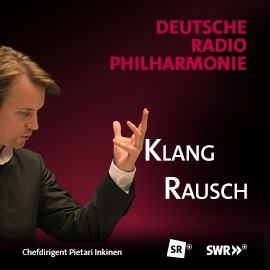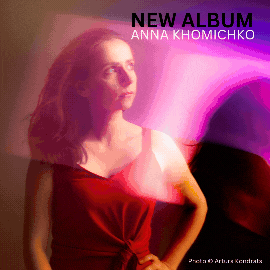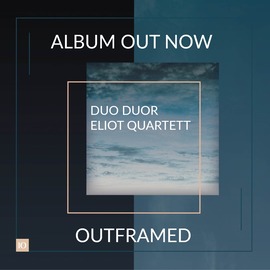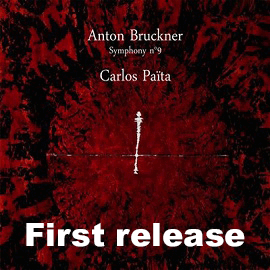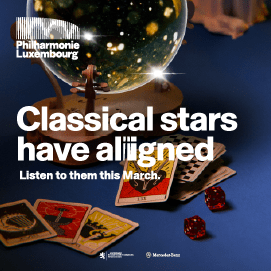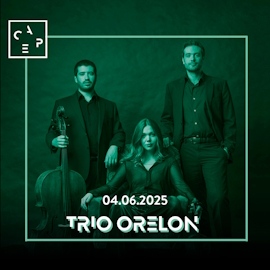Der 1926 geborene Ungare György Kurtag, ein freier Geist, ist keiner Schule und keiner Richtung zuzuordnen. Der Flötist Markus Brönnimann hat auf einem Tacet-Album alle Werke mit Flöte vereint.
Das war sicherlich kein leichtes Unterfangen, verlangt doch Kurtags assoziative Musiksprache vom Solisten wie auch von denen, die ihn begleiten, höchste technische Präzision und musikalische Konzentration. Andererseits lässt der Komponist den Interpreten einen gewissen Freiraum, denn seine Musik soll immer offen sein für neue Gedanken und für Anpassung. Sammlungen bilden bei ihm nicht immer einen zusammenhängenden Zyklus; die Stücke können in verschiedenen Reihenfolgen gespielt werden. Andererseits enthalten die auf diesem Album vertretenen Stücke ein Labyrinth von Verbindungsfäden, weil sie entweder anderen Instrumenten zugeordnet werden können oder aus dem Korpus anderer Werke überarbeitet wurden. All das wird in dem sehr ausführlichen und hervorragend erklärenden Booklet-Text von Markus Brönnimann deutlich.
Dass die Musik eine Fülle oft gegensätzlicher musikalischer Botschaften zum Ausdruck bringt, dass das, was technisch anmuten könnte, auch eine poetische Sprache spricht, äußert sich in Brönnimanns Spiel und dem seiner Freunde, mit denen er das Album eingespielt hat. Zustande kam so eine wirklich spannende Auseinandersetzung, gepaart mit einer Darbietung auf sehr hohem Niveau.
Born in Hungary in 1926, the free spirit György Kurtag cannot be assigned to any school or direction. The flutist Markus Brönnimann has collected all of his works for flute on a Tacet album.
This was certainly not an easy undertaking, as Kurtag’s associative musical language demands the highest technical precision and musical concentration from both the soloist and the accompanying musicians. On the other hand, the composer leaves a certain amount of freedom to the performers, as his music should always be open to new ideas and adaptations. His collections do not always form a coherent cycle; the pieces can be played in different sequences. On the other hand, the pieces on this album contain a labyrinth of connecting threads, either because they can be assigned to other instruments or because they have been reworked from the corpus of other works. All this becomes clear in the very detailed and excellently explanatory booklet text by Markus Brönnimann.
The fact that the music expresses a wealth of often contradictory musical messages, that what may seem technical also speaks a poetic language, is expressed in Brönnimann’s playing and that of his friends with whom he recorded the album. The result is a truly exciting confrontation, coupled with a performance of a very high standard.



